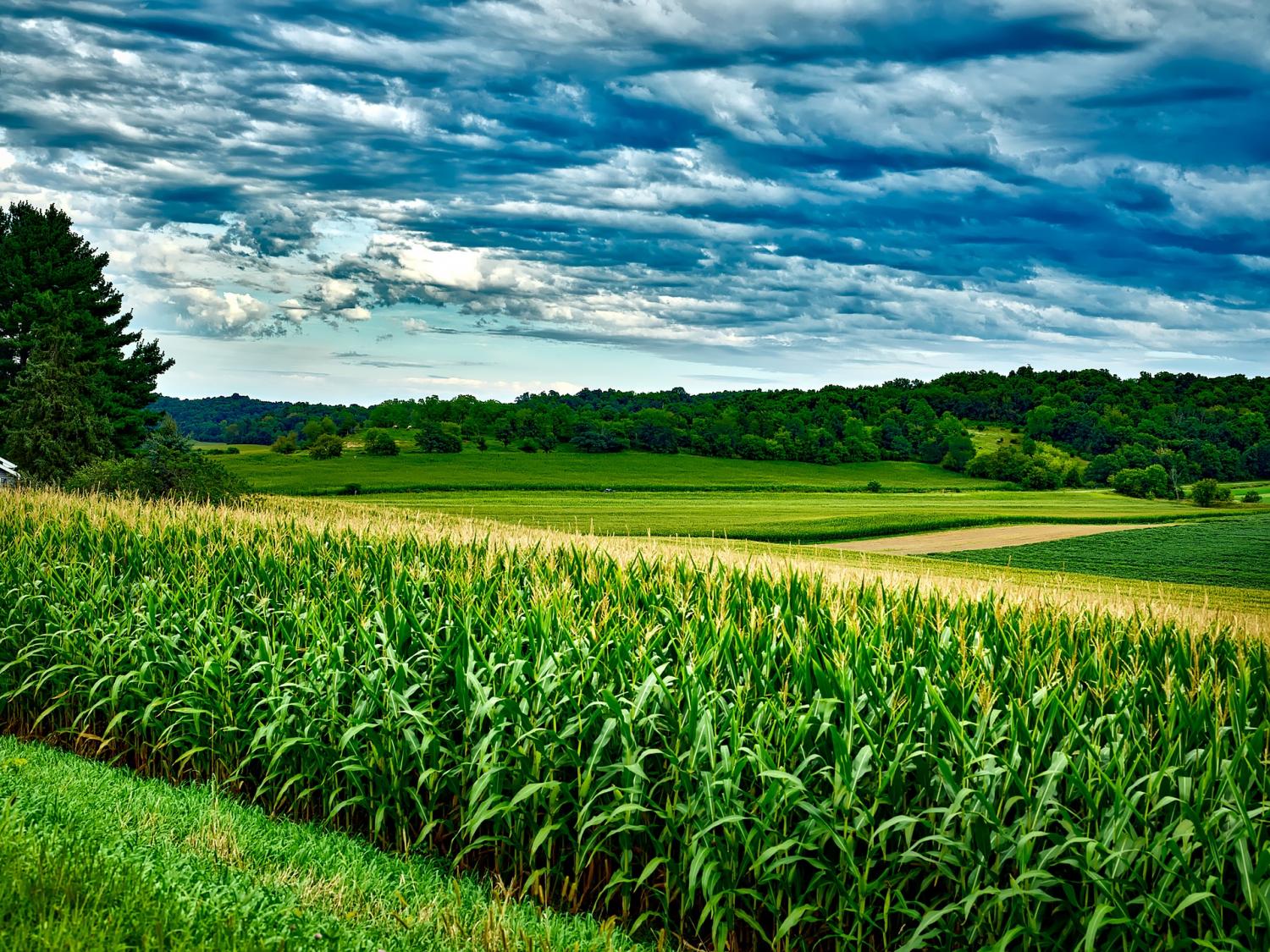
Consumers are buying more organic food, and that is adding yet another element of complexity within the food industry. Food companies are responding to the growing demand for simpler, safer ingredients in their branded products. However, they are bumping up against conventional agricultural practices involving the use of pesticides and genetically modified organisms, or GMOs, within the global food supply.
In that respect, the food and agriculture industries are engaged in a transitional struggle, much like the global energy sector is battling through a period of change from high carbon to low carbon.
First ice cream, now coffee
Nestlé and Bayer (which completed its acquisition of Monsanto last year) illustrate how consumer demand is fomenting tension between food brands and the agriculture industry.
In 2016 Nestlé ramped up its efforts to simplify its ingredients and provide consumers with more non-GMO options, focusing particular attention on several flavors of its Dreyer’s Slow Churned brand.
Nestlé positioned the move as a “journey to evolve with consumer preferences and offer greater choice.”
The company continues to express confidence in the safety of genetically modified ingredients, but some industry observers had interpreted its emphasis on non-GMO options as a strike against Monsanto.
Last month the tension with Bayer came into sharper focus, when Nestlé went public with concerns over the level of glyphosate in coffee beans.
Glysophate is the key ingredient in Bayer’s popular Roundup brand herbicide, a legacy Monsanto product.
As reported by Bloomberg and other media, Nestlé tested its beans and found that glyphosate levels in certain beans from Indonesia and Brazil are uncomfortably close to the limits imposed in Europe, Australia and Malaysia. Those limits are stricter than in other nations across the world.
Nestlé has stated that its agronomists will work with the source countries to adjust the protocols for applying glyphosate and other herbicides, including the “adoption of other weeding methods,” in order to meet the stricter standards.
Global food supply, global standards
Nestlé’s reference to “other weeding methods” is consistent with the company’s broader supply chain requirements for water resources.
Published in 2012, the requirements state that “farmers should adopt measures to reduce pesticide use, such as integrated pest management, and/or the use of cultural, biological, mechanical or physical methods.”
Reducing, if not eliminating, the use of pesticides and herbicides would be a task for global food companies like Nestlé – not necessarily suppliers like Bayer.
For example, back in 2008 Nestlé preemptively withdrew a Brazilian milk cereal product from the U.S. market. It took the action because the U.S. had not yet set a limit for a certain pesticide used on wheat, though the cereal did meet standards set by Brazil and the EU.
Food and energy transitions
As major economic sectors, food manufacturing and agriculture are both deeply entwined in the global energy transition, especially as it relates to the nexus between energy and water.
As with the demand for clean power, demographic and cultural forces also appear to be at work in the global food supply transition. Products that were once confined to the shelves of the local food co-op are now mainstreamed into thousands of big box supermarkets.
Last December, Nielsen surveyed trends in the U.S. and noted that millennials and citizens of Hispanic heritage topped the list of demographic groups driving a significant jump in the sales of organic products.
The report attributes millennial support for organics to an overall interest in sustainability. That element is also in play for the Hispanic demographic in the U.S., but the key factor is the use of traditional ingredients to prepare meals at home.
According to Nielsen, organic products are “more accessible than ever” and “sales continue to outpace previous years.”
Nielsen found that “growth is huge” in the organic FMCG (fast moving consumer goods) industry, even though overall consumption in that category has practically flatlined:
“Where the average American household is spending just 0.2% more across overall FMCG, the pace of purchasing happening among organic goods is exceptional and is breathing life into otherwise flat or contracting aisles of the store.”
Food and energy
Bolstering Nestlé’s emphasis on supply chain requirements, the report indicates that overall, consumers are becoming more sophisticated about both their food and non-food supermarket purchases.
They are “taking note of the ingredients, manufacturing process, and attributes” surrounding the items in their shopping cart.
That close scrutiny is in accord with the efforts of Nestlé and other food brands to reduce their carbon footprint, including impacts within the supply chain.
Along with using renewables at its factories, Nestlé is working with farmers to reduce greenhouse gases, particularly in the dairy supply chain. Tree planting and biodiversity efforts are also part of the mix.
The company also plans to accelerate “the transformation of its products in line with consumer trends and choices.”
Like the energy transition, the global food supply transition is well under way, and leading brands will continue to press for more sustainable — and marketable — agricultural practices.
Image credit: David Mark/Pixabay

Tina writes frequently for TriplePundit and other websites, with a focus on military, government and corporate sustainability, clean tech research and emerging energy technologies. She is a former Deputy Director of Public Affairs of the New York City Department of Environmental Protection, and author of books and articles on recycling and other conservation themes.














